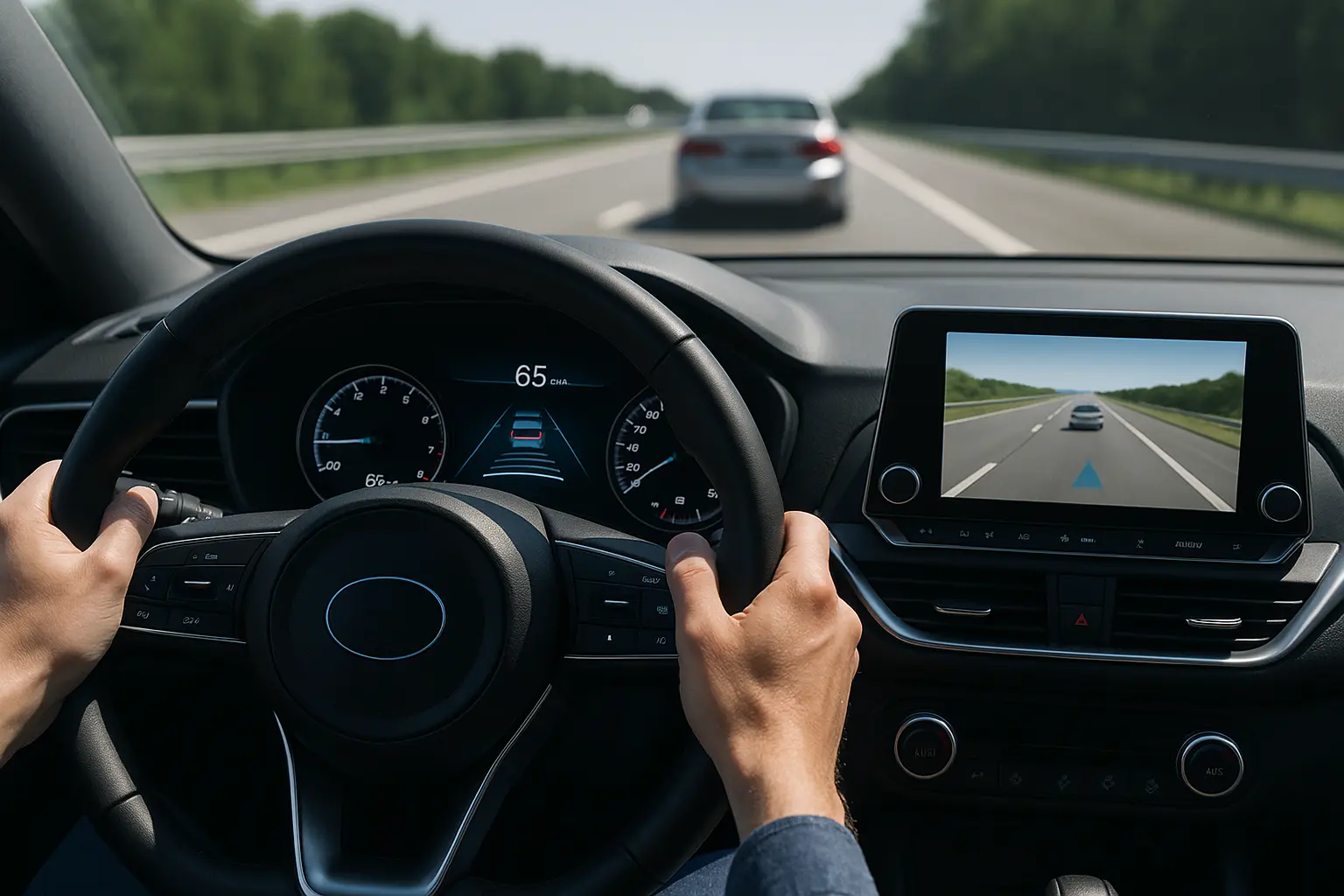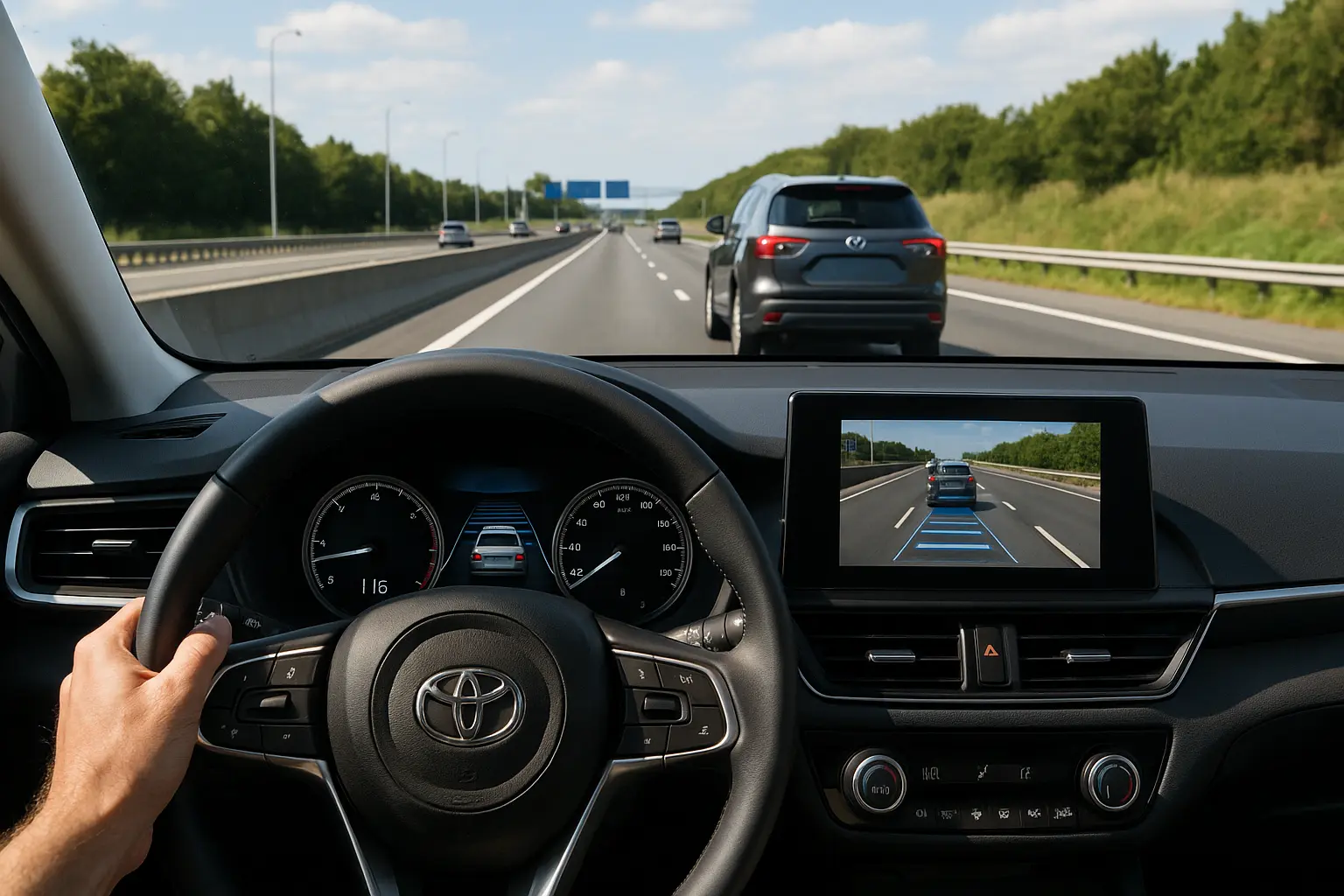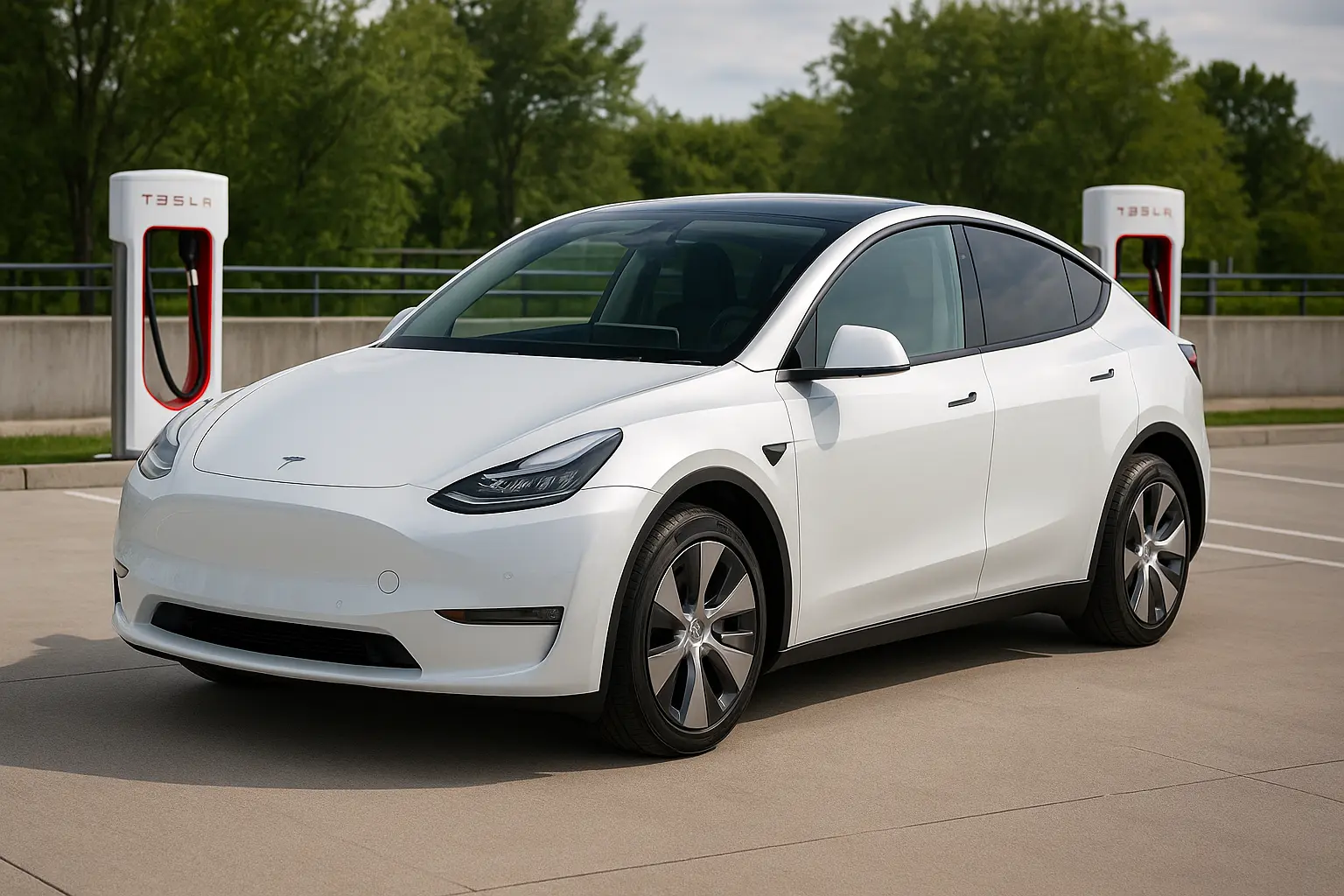The Rise of Intelligent Driving
In 2025, car buyers in Australia are spoiled for choice when it comes to advanced driver-assistance systems (ADAS). One feature that stands out among the crowd is Adaptive Cruise Control (ACC). Once a luxury reserved for premium vehicles, it’s now available in everything from budget-friendly hatchbacks to high-performance SUVs.
Unlike traditional cruise control, which maintains a set speed regardless of road conditions, Adaptive Cruise Control uses radar, cameras, and sensors to automatically adjust your speed based on the flow of traffic. This means less braking, less accelerating, and a more relaxed driving experience.
Australian roads — from the sprawling highways of the east coast to the outback routes of WA — demand features that balance comfort and safety. Adaptive Cruise Control has stepped up to meet this need, and in 2025, it’s no longer just a nice-to-have — it’s a necessity.

2. How Adaptive Cruise Control Works
Understanding how ACC operates can help drivers appreciate its value.
2.1 Core Components
Adaptive Cruise Control relies on:
- Radar Sensors: Usually mounted in the front grille, these detect the distance and speed of vehicles ahead.
- Forward-Facing Cameras: Used for lane detection and object recognition.
- Electronic Control Unit (ECU): The brain that processes data and commands the throttle and brakes.
- Brake & Throttle Control Systems: Adjusts speed without driver input.
2.2 The Driving Process
When engaged:
- The driver sets a target speed and a preferred following distance.
- ACC monitors the traffic ahead.
- If a slower vehicle is detected, it automatically reduces speed.
- Once the lane clears, the car returns to the set speed.
3. Benefits of Adaptive Cruise Control in 2025
3.1 Enhanced Safety
Safety is the biggest reason ACC has become indispensable. By maintaining a safe distance and reacting faster than human reflexes, ACC reduces the risk of rear-end collisions.
3.2 Reduced Driver Fatigue
Long-distance driving can be mentally draining. ACC handles the micro-adjustments in speed, freeing the driver to focus on steering and situational awareness.
3.3 Smoother Driving Experience
ACC eliminates the constant “stop-go” cycle in heavy traffic, leading to smoother acceleration and braking, which passengers appreciate.
3.4 Better Fuel Efficiency
By avoiding unnecessary acceleration and braking, ACC can improve fuel economy, particularly on highways.
4. Adaptive Cruise Control vs Traditional Cruise Control
Traditional cruise control is a speed maintainer — ACC is a speed manager.
Here’s a quick comparison:
| Feature | Traditional Cruise Control | Adaptive Cruise Control |
|---|---|---|
| Maintains Speed | ✅ | ✅ |
| Adjusts for Traffic | ❌ | ✅ |
| Collision Prevention | ❌ | ✅ |
| Suitable for Stop-Go Traffic | ❌ | ✅ |
5. 2025 Advances in Adaptive Cruise Control
In 2025, ACC systems are smarter, more reliable, and better integrated with other driver-assist features.
5.1 Stop-and-Go Function
Modern ACC can bring the car to a complete stop and resume automatically in traffic jams — a game-changer for city driving.
5.2 Predictive Cruise
Some systems use GPS and navigation data to adjust speed before curves, intersections, or speed limit changes.
5.3 Lane Centering
ACC now often works with lane-keeping assist, keeping the car perfectly centered while maintaining safe speed and distance.
6. Integration with Other Safety Systems
Adaptive Cruise Control rarely works in isolation. In 2025, it’s part of a wider safety ecosystem:
- Automatic Emergency Braking (AEB)
- Blind-Spot Monitoring
- Traffic Sign Recognition
- Driver Monitoring Systems
These integrations make driving more intuitive and safer than ever.
7. Adaptive Cruise Control in Australian Conditions
Australia’s unique driving environment — from long, straight outback highways to dense urban traffic — shapes how ACC is used.
7.1 Highway Travel
ACC shines on the Hume Highway, Bruce Highway, and other long routes, reducing fatigue during extended drives.
7.2 Urban Stop-and-Go
In cities like Sydney and Melbourne, stop-and-go ACC prevents constant footwork on the pedals in congested streets.
7.3 Rural Driving
Even in rural areas, ACC helps maintain safe distances from slower farm vehicles and trucks.
8. Cars Offering the Best ACC in 2025
While most brands now offer ACC, some stand out for precision and smoothness.
Top Picks in 2025:
- Toyota Corolla Hybrid – Affordable, reliable, and equipped with Toyota Safety Sense.
- Tesla Model Y – ACC integrated with Autopilot for advanced functionality.
- Hyundai Tucson – Smooth highway performance and lane centering.
- Mazda CX-5 – Balanced safety tech and driving feel.
- Mercedes-Benz E-Class – Industry-leading predictive cruise features.
9. Things to Consider Before Relying on ACC
While ACC is highly beneficial, drivers must remain attentive.
Potential limitations include:
- Poor visibility reducing sensor accuracy.
- Difficulty detecting stationary objects at high speed.
- Inconsistent performance in heavy rain or snow.
10. The Future of Adaptive Cruise Control
Looking ahead:
- AI-powered prediction could anticipate traffic conditions before they happen.
- Vehicle-to-vehicle (V2V) communication may allow ACC systems to talk to each other, further improving safety.
- Full autonomy integration could see ACC blending seamlessly into self-driving features.
11. Why ACC Should Influence Your 2025 Car Purchase
For Australian car buyers in 2025, ACC is no longer optional — it’s essential. It delivers safety, comfort, efficiency, and peace of mind. Whether you’re a daily commuter in Brisbane or a long-distance driver crossing the Nullarbor, Adaptive Cruise Control can transform your experience behind the wheel.
Conclusion
Adaptive Cruise Control has moved from luxury add-on to mainstream necessity. In 2025, it’s a feature that enhances safety, reduces fatigue, and makes every journey more comfortable. If you’re shopping for a new car, make sure ACC is on your must-have list — your future self will thank you.
Leave a comment
Your email address will not be published. Required fields are marked *




















